Veterans, how would you like to learn about the top 10 most common VA disability claims, using SECRET VA disability claims data as your guide?
Brian Reese here, USAF disabled veteran, and founder of VA Claims Insider.
Part of the reason we call ourselves VA Claims “INSIDER” is because we get access to information that nobody else does…this blog post is no exception.
If you’ve ever asked yourself “What Can I Claim for VA Disability?” stay tuned!
For the first time ever, VA Claims Insider reveals and explains the 10 most common VA disability claims based on the Veteran Benefits Administration latest report to Congress regarding VA disability benefits and compensation.
Click HERE for a shortened version of this post to read about the top 3 easiest va claims to win!
Watch a shortened version of this post called Easiest VA Claims to Win with SECRET Data Revealed:
List of the Top 10 Most Common VA Disability Claims
- #1 Tinnitus
- #2 Hearing Loss
- #3 Post Traumatic Stress Disorder
- #4 Scars, General
- #5 Limitation of Flexion, Knee
- #6 Lumbosacral or Cervical Strain
- #7 Paralysis of the Sciatic Nerve
- #8 Limitation of Range of Motion of the Ankle
- #9 Migraines
- #10 Degenerative Arthritis of the Spine
The #1 Easiest VA Disability to Claim: Tinnitus
According to the 2018-2019 disability claims data, Tinnitus was the number one most common VA disability claims for all Veterans with 157,152 compensation recipients. 93.6% of Veterans were rated at 10%.
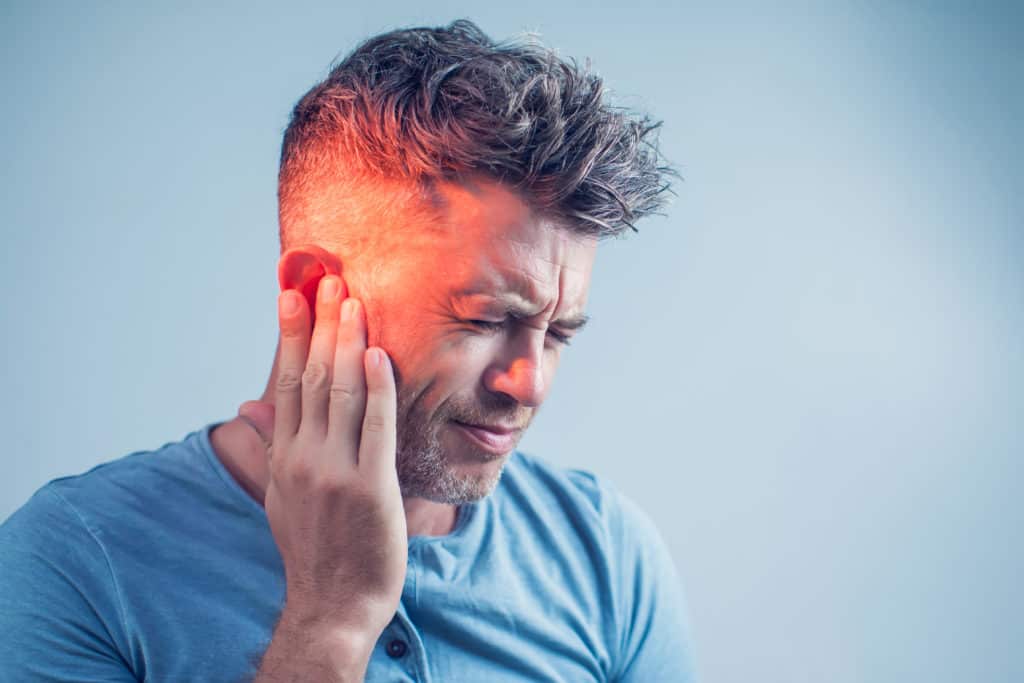
Tinnitus can only have one VA rating.
It is either 10% or nothing.
There is no lower VA rating and there is no higher VA rating.
Therefore, we call it a “low-value” claim, because it is always rated at 10%, and 10% only, with no exceptions.
People most at risk of Tinnitus are those who work in loud conditions including musicians, elderly and the military personnel.
Tinnitus is not categorically a condition but a symptom of an underlying condition, such as age-related hearing loss, ear injury or a circulatory system disorder.
Tinnitus involves the sensation of hearing sound when no external sound is present.
Tinnitus symptoms may include these types of phantom noises in your ears such as ringing, buzzing, roaring, buzzing, clicking, hissing or humming.
The most common type of this is Subjective Tinnitus which is the kind the veteran can only hear.
If you’re thinking about filing your VA Tinnitus claim as a secondary disability, the following conditions can cause or make Tinnitus worse: head and neck conditions, Meniere’s disease, depression and anxiety, PTSD, TBI, hearing loss, Temporomandibular Joint Disorder (TMD) and high blood pressure, among others.
Read all about VA Tinnitus claims HERE.
Most Common VA Disability Claim #2: Hearing Loss
According to the 2018-2019 disability claims data, Hearing Loss was the #2 most commonly claimed disability for all Veterans. 93.6% of Veterans were rated between 0% and 10%. It is very common for hearing loss to be rated at 0%, that is, if you’re lucky enough to get your hearing loss service connected.
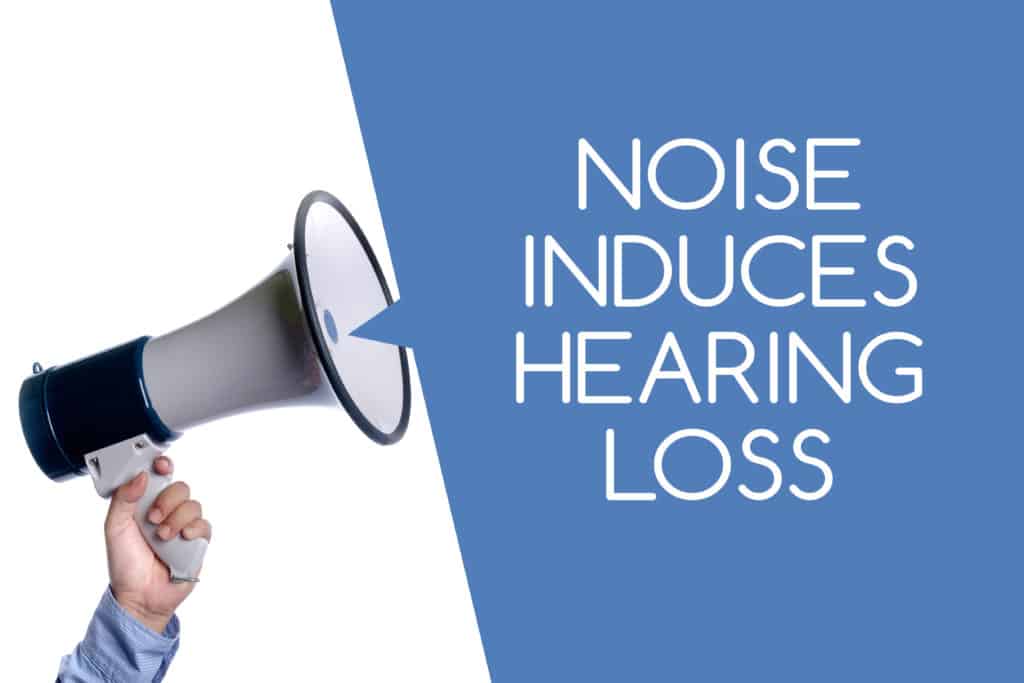
Click HERE to read about How to Get VA Disability for Hearing Loss.
The Audiogram is the only way to detect and diagnosis hearing loss!
If you have hearing loss, that does not mean that it is significant enough by VA standards to receive compensation.
The first step is to prove that you have a certain level of hearing loss.
The VA considers two factors for rating hearing loss after an examination:
Decibel loss at five different frequency ranges (low to high)
An audiogram measures the level of decibel loss at the various thresholds.
For VA purposes, an average loss of 26 or more decibels in three of the five frequency ranges constitutes hearing loss.
Speech discrimination — how well you can hear normal conversation
This test involves the presentation of a series of monosyllabic words and determining how well you can hear them.
A “speech recognition” score of lower than 94% corresponds to a number related to hearing loss.
Even if an audiogram shows that one ear is 100% deaf, you are still not guaranteed compensation.
If the hearing loss in the other ear is not significant, your likelihood of receiving benefits decreases.
Service Connected Hearing Loss
The second step relates to service-connection for the hearing loss.
Determining that your hearing loss is connected to your time in service can make or break whether you receive compensation.
VA audiologists infrequently link hearing loss with noise exposure in service if there is any other plausible contributing cause.
Depending on your MOS, your chances of getting benefits may increase or decrease.
Click HERE to access the complete Duty MOS Noise Exposure Listing by branch of service, career field, job title, and whether you were an officer or enlisted.
For example, flight mechanics have “noise exposure conceded,” meaning that it’s given they were subjected to high noise levels during their time in service.
However, aircraft pilots whose cockpits are sound-insulated are not automatically given the concession.
Therefore, the individual facts of your case will be important.
Read all about VA claims for hearing loss by clicking HERE now.
#3 Easiest Thing to Claim for VA Disability: Post Traumatic Stress Disorder

The 2018-2019 secret VA data shows that PTSD was the #3 most common VA disability claims for all Veterans, across all demographics.
For example, 90.7% of Veterans were rated at 30% or higher for mental health, while 41.1% of Veterans were rated at 70% or higher.
Therefore, mental health conditions, including PTSD, major depressive disorder, generalized anxiety disorder, somatic symptom disorder, among others, are “high-value” claims.
We call mental health conditions high-value claims because they have a very high likelihood of getting rated at 30% or more.
Post-traumatic stress disorder (PTSD) is a mental health condition, which is “triggered” by a terrifying event—either experiencing it or directly witnessing it.
Some mental health symptoms include flashbacks, nightmares, anxiety, depression, insomnia, suicidal thoughts, anger issues, work problems and relationship issues.
All VA mental health claims fall into one of three categories: 1) PTSD Combat, 2) PTSD Non-Combat / Military Sexual Trauma (MST), and 3) All Other Mental Health Conditions.
PTSD always has in-service stressors, which cause or make the PTSD worse, such as exposure to death, threatened death (fear or hostility), actual serious injury, threatened serious injury, actual sexual violence and threatened sexual violence.
Non-combat PTSD stressors include things such as PTSD MST, service-member suicide, serious car accidents, training accidents, victim of rape and witnessing a rape, among others.
Moreover, PTSD can worsen if the Veteran has either of medication side effects, tinnitus, chronic pain, TBI, sleep apnea or insomnia.
To file a claim that will qualify you for the disability benefits due to PTSD or any other type of mental health condition (there are 37 ratable VA mental health conditions under the law.
Here are some mental health VA claim tips and evidence requirements for each:
PTSD first-time filer
If you are a Veteran filing a VA disability claim for PTSD for the very first time, you must meet the following evidence requirements: identification of in-service stress indicating the salient information such as dates, description, geographic location, unit assignment and dates of assignment; statement in Support of Claim for Service Connection for PTSD; Statement in Support of a Claim – VA Form 21-4138; Buddy letter/s (highly recommended; and C&P Examiner will complete the DBQ for PTSD Initial.
PTSD increase
If you are already rated for PTSD by the VA, but believe you are underrated and deserve a higher VA rating based upon your symptoms, we highly recommend the following supporting evidence: DBQ for PTSD Review completed by a U.S. Board Certified Psychologist, Statement in Support of a Claim – VA Form 21-4138 and buddy letters.
These documents are important because you must show that your PTSD symptoms are worse, which means you qualify for the higher PTSD rating criteria under the law.
Other Mental Health Conditions
Anything that’s not PTSD falls under the category of “Other Mental Health Conditions and include things such as major depressive disorder VA claim, generalized anxiety disorder VA claim, and somatic symptom disorder.
We recommend obtaining a DBQ for Other Mental Health Conditions completed by a U.S. Board Certified Psychologist, Medical Nexus letter for the first-time filer, Statement in Support of a Claim – VA Form 21-4138 and buddy letters.
Buddy letters are especially crucial if lay evidence is needed to further substantiate the approximate timeframe that your mental health condition was caused or made worse by your active duty military service.
This is legally referred to as the “Nexus” to prove service-connection. In the absence of medical evidence, VA raters will consider first-hand witness testimony (buddy letters) to help make their decision.
Click HERE to learn How to File a VA Claim for PTSD!
What Can I Claim for VA Disability: #4 Scars, General
Scars were the #4 most compensated claims for all Veterans, across all demographics.
76.2% of Veterans are rated at 0% for skin conditions and 18.6% of Veterans have a 10% rating for skin conditions, once again making scars a low-value VA claim.
In the opinion of VA Claims Insider, it’s highly recommended that Veterans take their own color photos of skin conditions for your VA Claims File, also known as your C-File.

You can upload the color photos to your eBenefits account or VA.gov account once you prepare and file your own VA Claim.
By uploading color photos, you’ll give the C&P examiner and VA Rater detailed evidence of your scars, which could affect your final VA rating for scars.
In general, scars are low value VA claims, and the full criteria for skin conditions and scars can be found on Military Disability Made Easy HERE.
#5 Limitation of Flexion, Knee
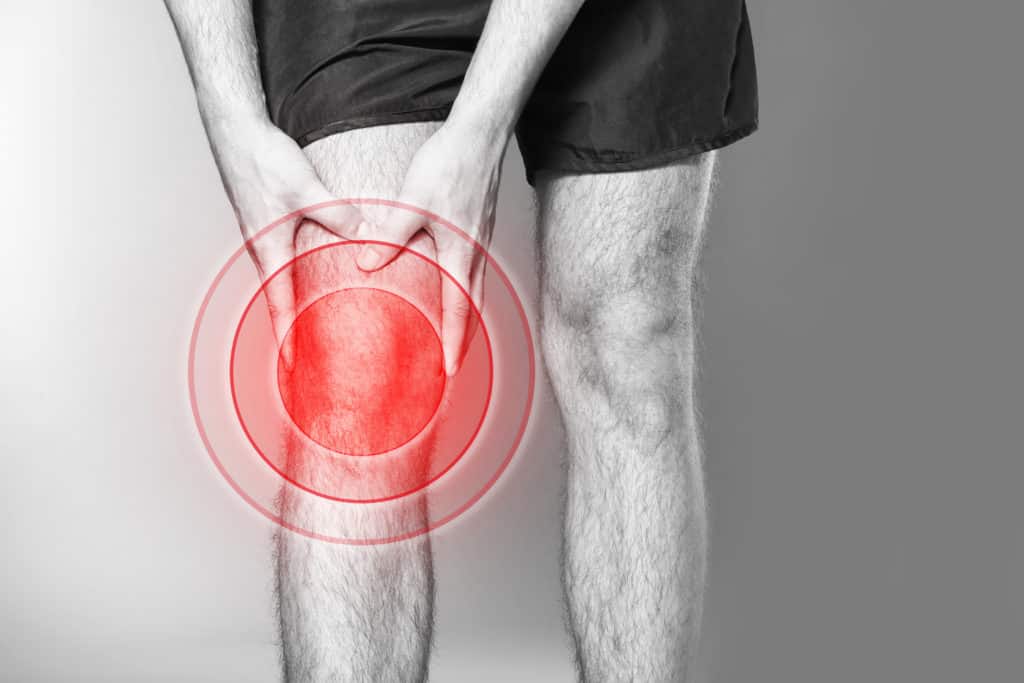
Based on the latest 2018-2019 VA data, Limitation of Flexion of the Knee was the #5 most common VA disability claims for all Veterans, across all demographics.
92.2% of Veterans are rated between 0% and 20%, once again making this a low-value VA claim.
Musculoskeletal system conditions include issues with joints and muscles and must involve (1) limitation of range of motion (flexion) and/or (2) painful motion.
Symptoms associated with musculoskeletal system conditions include limitation of range of motion (flexion), painful motion, arthritis, weakness, easily fatigued, loss of power, lack of coordination and decreased movement control.
Musculoskeletal disabilities can also be filed as secondary VA disability claims, and can be caused or made worse any of the following conditions: medication side effects, depression and anxiety, PTSD, TBI, Temporomandibular Joint Disorder (TMD), right side of body injuries affect left side of body (& vice versa) and spine, neck, back, hips, arms, legs, and feet, among others.
Read about Secondary Service Connection HERE.
#6 Lumbosacral or Cervical Strain

Based on the latest 2018-2019 VA data, Lumbosacral or cervical strain was the #6 most common VA disability claims for all Veterans, across all demographics.
92.2% of Veterans were rated between 0% and 20%, once again making this a low-value VA claim.
Musculoskeletal system conditions include issues with joints and muscles and must involve (1) limitation of range of motion (flexion) and/or (2) painful motion.
Lumbosacral or cervical strain is an injured, stretched, or torn muscle or tendon in your neck.
Lumbosacral or cervical strain is medically linked to overuse and trauma.
This condition can be very painful although it’s commonly treated with over-the-counter pain medications.
Because of this pain, veterans typically suffer from limitation of range of motion of the neck.
VA ratings for lumbosacral and cervical strain fall under Diagnostic Code 5237 and have ratings between 0 percent and 100 percent.
Click HERE to read all about VA ratings for lumbosacral or cervical strain.
#7 Paralysis of the Sciatic Nerve
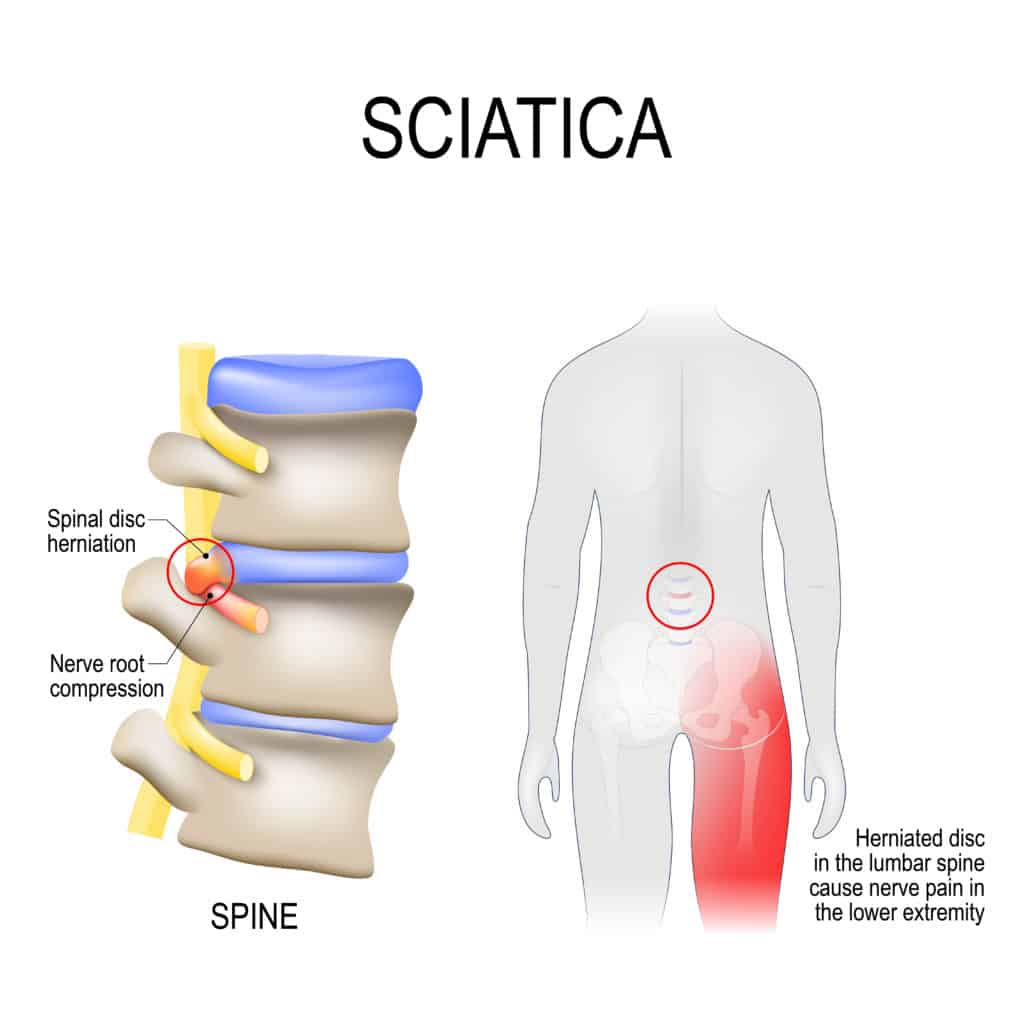
Based on the latest 2018-2019 VA data, Paralysis of the Sciatic Nerve, also known as Sciatica, was the #7 most common VA disability claims for all Veterans, across all demographics.
92.2% of Veterans are rated between 0% and 20%, once again making this a low-value VA claim.
Musculoskeletal system conditions include issues with joints and muscles and must involve (1) limitation of range of motion (flexion) and/or (2) painful motion.
Back injuries and various musculoskeletal injuries, which can lead to Sciatica, or severe radiating pain, are quite common for veterans.
Sciatica is the pain that one experiences when the sciatic nerve is irritated.
Sciatica is not an actual diagnosis of a problem, but rather, an accurate way of describing the location of the pain.
What is Sciatica?
The sciatic nerve is the largest nerve in the body.
This nerve runs from the lower back through the hips and buttocks all the way down to the leg.
Sciatica is extreme pain that radiates along the path of the sciatic nerve, which branches from your lower back through your hips and buttocks and down each leg.
According to the Mayo Clinic, “Sciatica most commonly occurs when a herniated disk, bone spur on the spine or narrowing of the spine (spinal stenosis) compresses part of the nerve. This causes inflammation, pain and often some numbness in the affected leg.”
Sciatica develops when the pressure on the spinal nerve causes pain to develop on the lower back, buttocks, and legs.
Click HERE to read about How to File a VA Claim for Sciatica
#8 Limitation of Motion of the Ankle
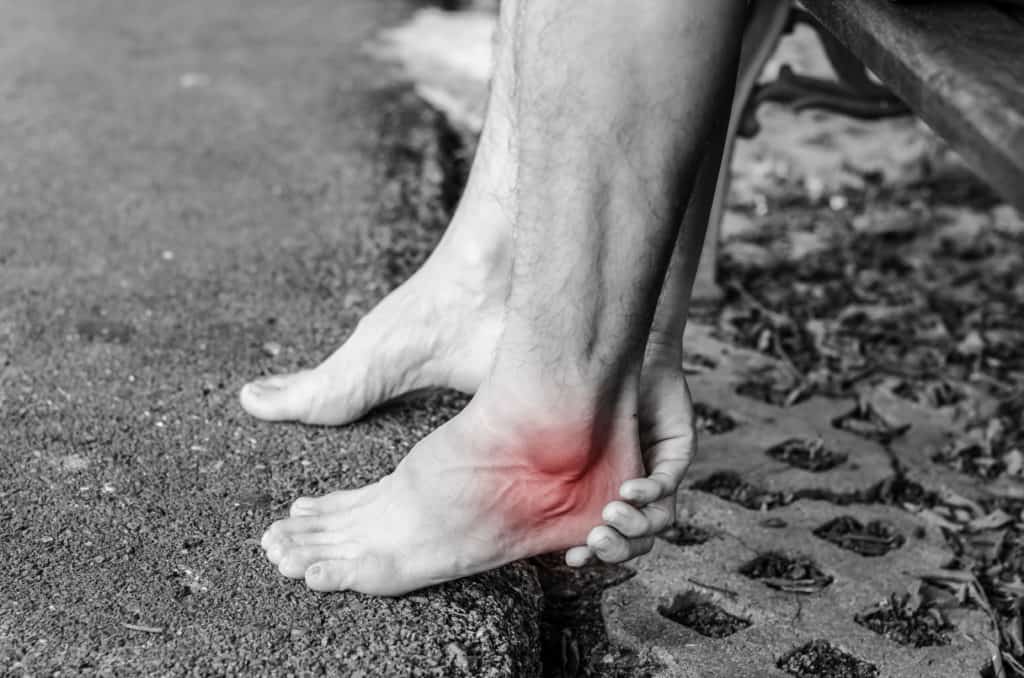
Based on the latest 2018-2019 VA data, Limitation of Motion of the Ankle was the #8 most common VA disability claims for all Veterans, across all demographics.
92.2% of Veterans were rated between 0% and 20%, once again making this a low-value VA claim.
Musculoskeletal system conditions include issues with joints and muscles and must involve (1) limitation of range of motion (flexion) and/or (2) painful motion.
VA ratings for the ankle are usually at 0 percent and 10 percent, with some going as high as 20 percent.
Symptoms associated with musculoskeletal system conditions include limitation of range of motion (flexion), painful motion, arthritis, weakness, easily fatigued, loss of power, lack of coordination and decreased movement control.
Musculoskeletal disabilities can also be filed as secondary VA disability claims, and can be caused or made worse any of the following conditions: medication side effects, depression and anxiety, PTSD, TBI, Temporomandibular Joint Disorder (TMD), right side of body injuries affect left side of body (& vice versa) and spine, neck, back, hips, arms, legs, and feet, among others.
Click HERE to read about VA ratings for ankle conditions
Easy VA Disability Claims #9: Migraines
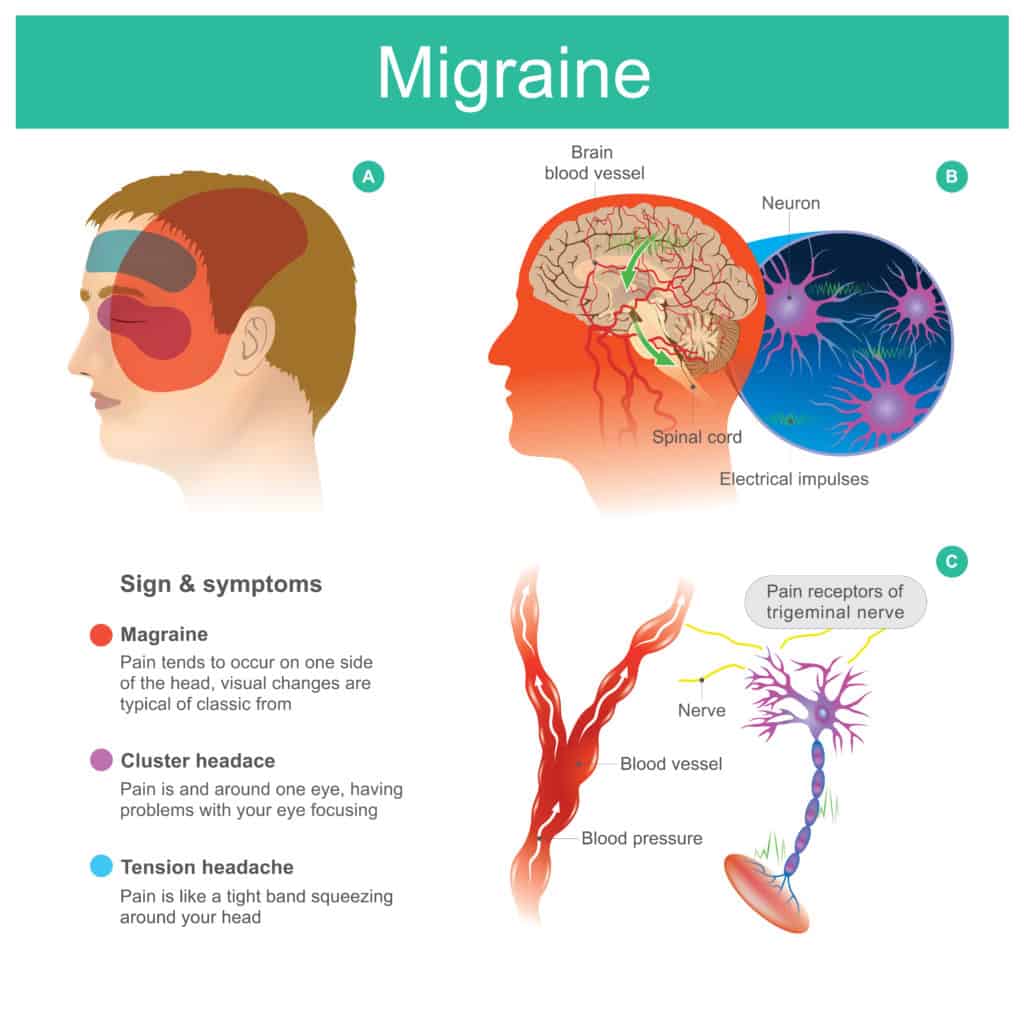
Based on the latest 2018-2019 VA data, Migraines were the #9 most common VA disability claims for all Veterans, across all demographics.
Migraines are a high-value claim because there is a high likelihood of getting rated at 30 percent or higher.
Migraine headaches and tension headaches are two very different things.
Migraines are a serious neurological condition rated between 0 percent and 50 percent.
| 8100 Migraines VA Rating Criteria: | Rating |
| With very frequent completely prostrating / prolonged attacks productive of severe economic inadaptability | 50% |
| With characteristic prostrating attacks occurring on an average once a month over last several months | 30% |
| With characteristic prostrating attacks averaging one in 2 months over last several months | 10% |
| With less frequent attacks | 0% |
Common symptoms of Migraines include throbbing pain, nausea, dizziness, and sensitivity to light and sound.
A migraine is usually characterized by a pulsing sensation on the side of the head. The pain could last hours or days depending on the severity of the pain.
For VA rating purposes, the term “prostrating” is very important because it indicates the severity of your Migraines.
Prostrating simply means that your migraines are so severe, that you have to lay down.
Learn How to File Your VA Claim for Migraines HERE.
#10 Most Common VA Disability Claims: Degenerative Arthritis of the Spine
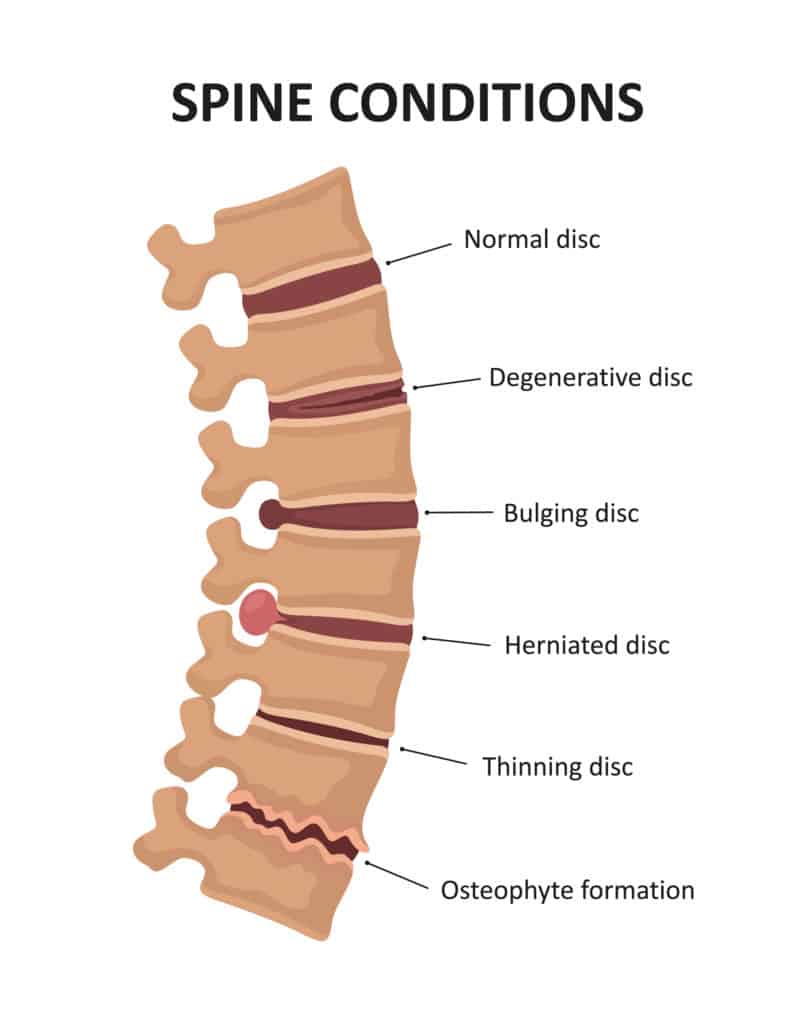
Based on the latest 2018-2019 VA data, Degenerative Arthritis of the Spine, also known as Osteoarthritis of the Spine was the #10 most compensated VA claim for all Veterans, across all demographics.
92.2% of Veterans were rated between 0% and 20%, once again making this a low-value VA claim.
What is Degenerative Arthritis of the Spine?
The most common type is Osteoarthritis, which is also known as degenerative joint disease.
It is a serious musculoskeletal condition in which the protective cartilage that cushions the tops of bones wears down and degenerates.
Often, this is met with swelling and significant pain.
Osteoarthritis can also cause the development of osteophytes, or bone spurs.
What Is Osteoarthritis of the Spine?
Osteoarthritis of the spine is a breakdown of the cartilage of the joints and discs in the neck and lower back.
Often, osteoarthritis produces spurs that put pressure on the nerves leaving the spinal column.
This can cause weakness, pain, and tingling in the arms or legs.
The standard VA rating for Degenerative Arthritis of the Spine is 0 percent to 50 percent.
Click HERE to read all about Degenerative Arthritis conditions and ratings for your VA claim
Need more medical evidence to service-connect and get rated at the appropriate level in support of your VA disability claim or appeal? Join VA Claims Insider Elite and have our medical team get started on your VA disability claim for FREE:
Watch the “Top 10 Most Common VA Disability Claims” *LIVE* on YouTube:
Need a Medical Nexus Letter to Prove Your VA Disability Claim?
Join VA Claims Insider Elite, get instant access to the ELITE Experience Portal (EEP) and $13119 worth of proprietary VA claim resources TODAY, and have our medical team get started on your VA disability claim for FREE:
Deserve a HIGHER VA Rating? WE CAN HELP.
Join our premier education-based membership program, VA Claims Insider Elite, connect with an expert-level Veteran Coach (VC) within minutes, and finally get the rating you deserve. Click the button below to start for FREE.
About The Author

Brian Reese
Brian Reese is one of the top VA disability benefits experts in the world and bestselling author of You Deserve It: The Definitive Guide to Getting the Veteran Benefits You’ve Earned (Second Edition).
Brian’s frustration with the VA claim process led him to create VA Claims Insider, which provides disabled veterans with tips, strategies, and lessons learned to win their VA disability compensation claim, faster, even if they’ve already filed, been denied, gave up, or don’t know where to start.
As the founder of VA Claims Insider and CEO of Military Disability Made Easy, he has helped serve more than 10 million military members and veterans since 2013 through free online educational resources.
He is a former active duty Air Force officer with extensive experience leading hundreds of individuals and multi-functional teams in challenging international environments, including a combat tour to Afghanistan in 2011 supporting Operation ENDURING FREEDOM.
Brian is a Distinguished Graduate of Management from the United States Air Force Academy, Colorado Springs, CO, and he holds an MBA from Oklahoma State University’s Spears School of Business, Stillwater, OK, where he was a National Honor Scholar (Top 1% of Graduate School class).




